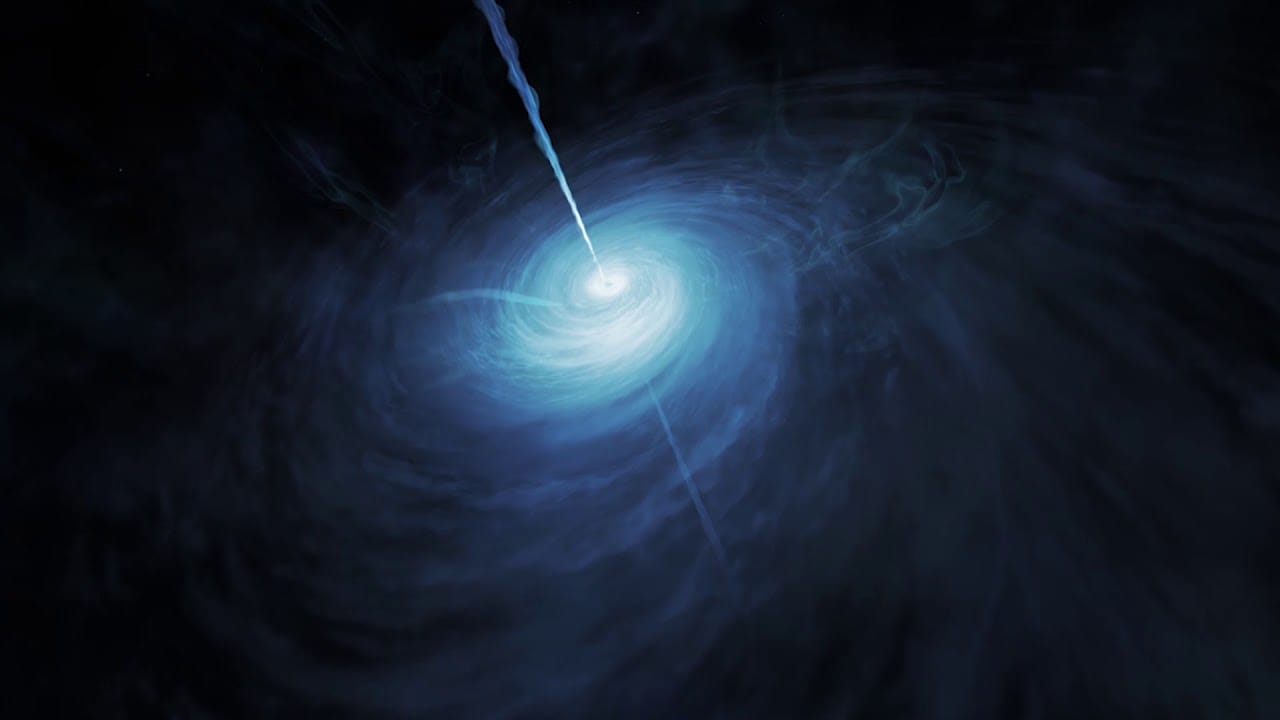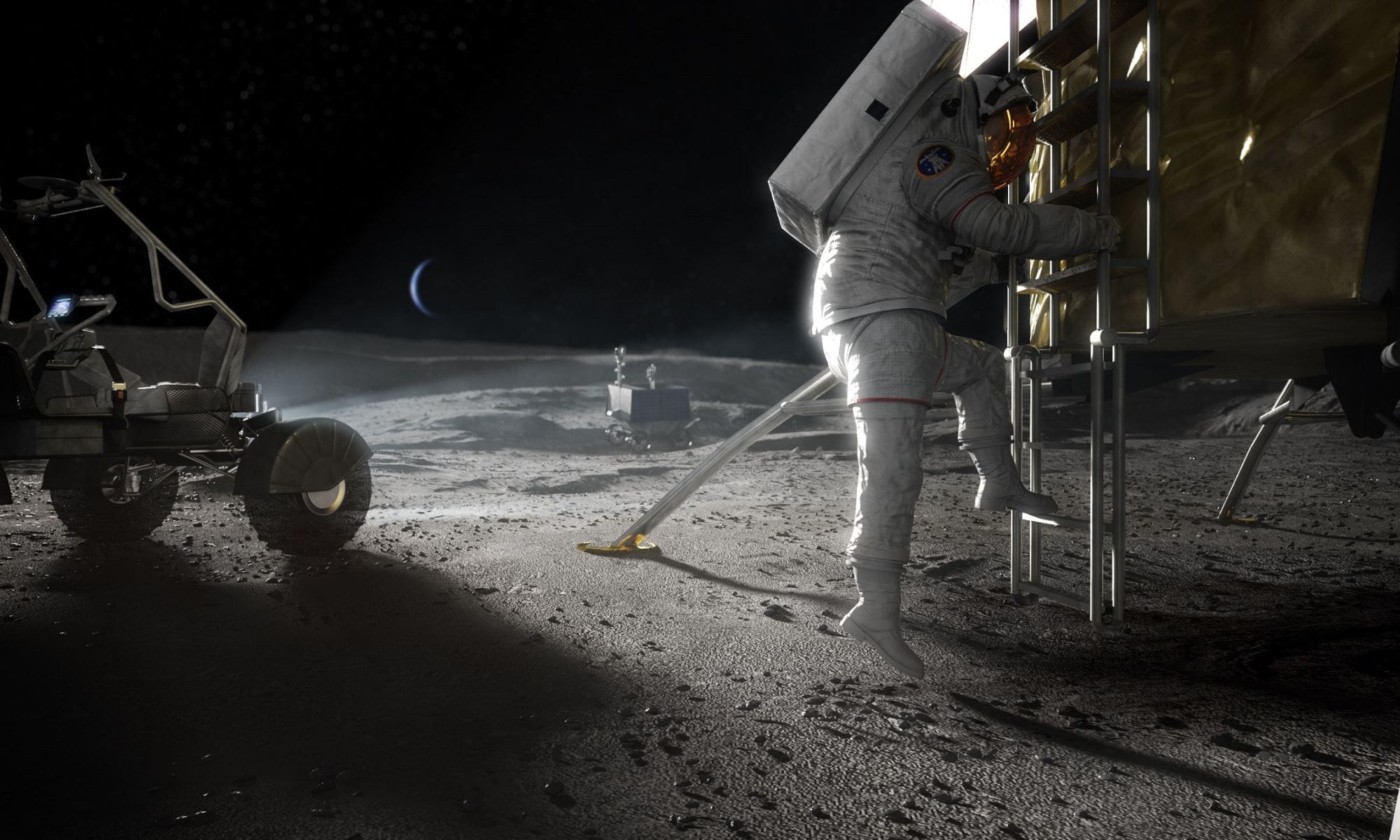The vast and intricate atmosphere of Jupiter has long captivated astronomers and planetary scientists alike. Known for its striking bands of color and the iconic Great Red Spot, Jupiter’s clouds have traditionally been thought to consist primarily of ammonia ice. However, new insights derived from citizen science initiatives have led researchers to reconsider this long-held belief.
Citizen science, a collaborative effort between professional scientists and enthusiastic members of the public, has gained traction in recent years as a valuable tool for data collection and analysis. In this case, amateur astronomers contributed to the study of Jupiter’s atmosphere by capturing high-resolution images and spectroscopic data, which were then analyzed alongside data from professional observatories. The results have been illuminating, revealing that the colorful clouds of Jupiter may not be composed of ammonia ice after all.
The initial hypothesis regarding ammonia ice clouds was based on the planet’s temperature and pressure conditions, which seemed conducive to the formation of such clouds. However, as citizen scientists began to gather more data, they noticed discrepancies that could not be easily explained by the ammonia ice model. By employing various observational techniques, including high-contrast imaging and color analysis, the citizen scientists and their professional counterparts began to identify alternative compounds that could account for the vibrant colors observed in Jupiter’s clouds.
The research team found that the colors of Jupiter’s clouds could be attributed to a complex interplay of various chemicals, including compounds such as ammonium hydrosulfide and other hydrocarbons. These substances can create the vivid hues seen in the planet’s atmosphere, ranging from deep reds to bright yellows and browns. The presence of these compounds suggests that the cloud layers are influenced by a variety of chemical reactions occurring in Jupiter’s atmosphere, which may be driven by the planet’s intense radiation and dynamic weather patterns.
This discovery is particularly significant because it challenges existing models of Jupiter’s atmospheric composition and dynamics. The findings imply that the chemical processes in Jupiter’s atmosphere are more complex than previously understood. This complexity could have implications for our understanding of other gas giants in the solar system and beyond, as well as their formation and evolution.
The role of citizen science in this discovery cannot be overstated. The contributions of amateur astronomers have not only enriched the dataset available for analysis but have also fostered a sense of community among participants. This collaborative approach has proven to be an effective means of advancing scientific knowledge, particularly in the field of planetary science, where access to high-quality observational data can be limited.
Furthermore, the success of this citizen science project highlights the potential for public engagement in scientific research. By involving individuals who are passionate about astronomy, researchers can tap into a wealth of talent and enthusiasm that might otherwise go untapped. The findings from this study serve as a testament to the power of collaborative science, where the combined efforts of professionals and amateurs can lead to groundbreaking discoveries.
In light of these revelations, the scientific community is now tasked with reevaluating its understanding of Jupiter’s atmosphere. The new data will require researchers to refine existing models and potentially develop new theories regarding the chemical composition and dynamics of gas giants. As scientists continue to analyze the data collected through citizen science initiatives, further insights into Jupiter’s atmospheric processes are likely to emerge.
Moreover, this study underscores the importance of interdisciplinary collaboration in modern scientific research. The intersection of amateur and professional efforts exemplifies how diverse perspectives and expertise can enhance our understanding of complex phenomena. The integration of citizen science into formal research processes may pave the way for future studies that leverage public engagement to tackle pressing scientific questions.
As researchers continue to investigate the implications of these findings, the broader implications for our understanding of planetary atmospheres will unfold. The vibrant clouds of Jupiter, once thought to be simple in composition, are now revealed to be a product of intricate chemical interactions. This discovery not only reshapes our understanding of Jupiter but also exemplifies the potential of citizen science to contribute meaningfully to our knowledge of the universe.
In conclusion, the revelation that Jupiter’s colorful clouds are not made of ammonia ice marks a significant advancement in planetary science. The collaborative efforts of citizen scientists and professional researchers have opened new avenues for exploration and understanding of one of our solar system’s most enigmatic planets. As we continue to unravel the mysteries of Jupiter’s atmosphere, the role of citizen science will undoubtedly remain a vital component of scientific discovery.



